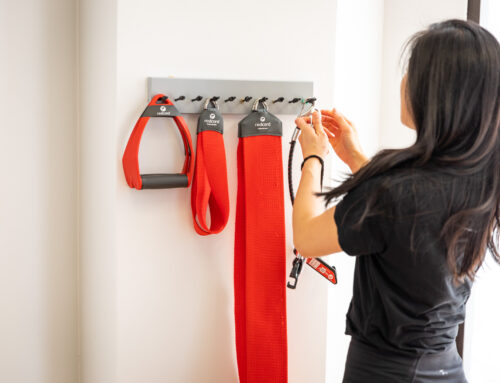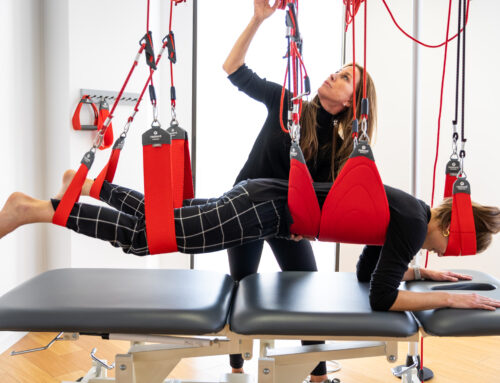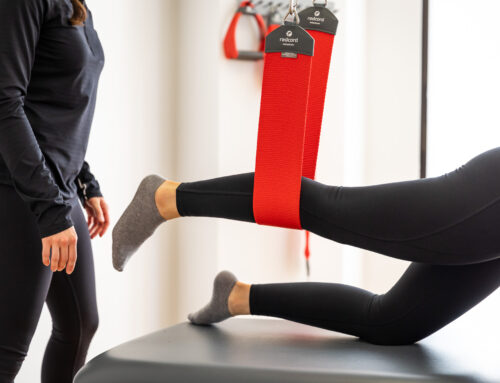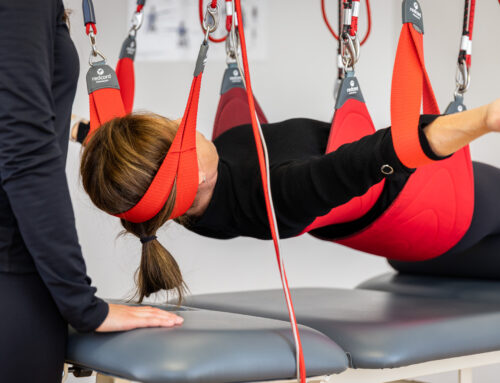The aims of this study were to compare the activation of global and local muscles of the trunk during bridging with sling exercise (BSE), bridging with ball exercise (BBE), and normal bridging exercise (NBE) and to conduct and analyze these exercises in supine and prone positions to prove the effectiveness of sling exercises.
Thirty patients with current low back pain (LBP) were recruited. In the supine and prone bridging exercise, each subject lifted their pelvis with their legs and feet in contact with the sling, ball, or normal surface. The electrical activities of the inferior oblique (IO), rectus abdominis (RA), multifidus (MF), and erector spinae (ES) muscles during the bridging exercises on the 3 surfaces were measured using surface electromyography (sEMG).
For normalization, maximum sEMG signals were evaluated during each maximum voluntary isometric contraction (MVIC) maneuver. The root mean square during the exercise was normalized as a percentage of the MVIC(%MVIC).
In the supine and prone positions, %MVIC of the IO, RA, MF, and ES during BSE was significantly higher than those during BBE and NBE (p < 0.05). In the supine position, %MVIC of the RA and ES during BBE was significantly higher than that during NBE (p < 0.05). In the prone position, all %MVIC during BBE were significantly higher than NBE (p < 0.05). These results verify the theory that the use of an unstable surface increases the activation of global and local trunk muscles during bridging exercises in the supine and prone positions. In conclusion, the use of BSE in a rehabilitation program may have therapeutic effects for patients with LBP by increasing trunk muscle activation.
Key words: Sling, bridging exercise, sEMG, local trunk muscle,global trunk muscle.





